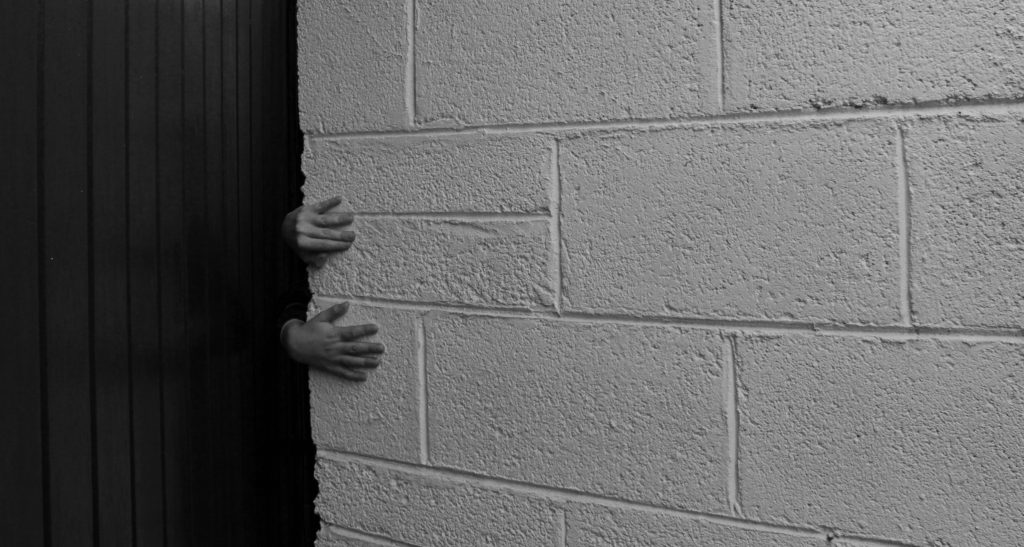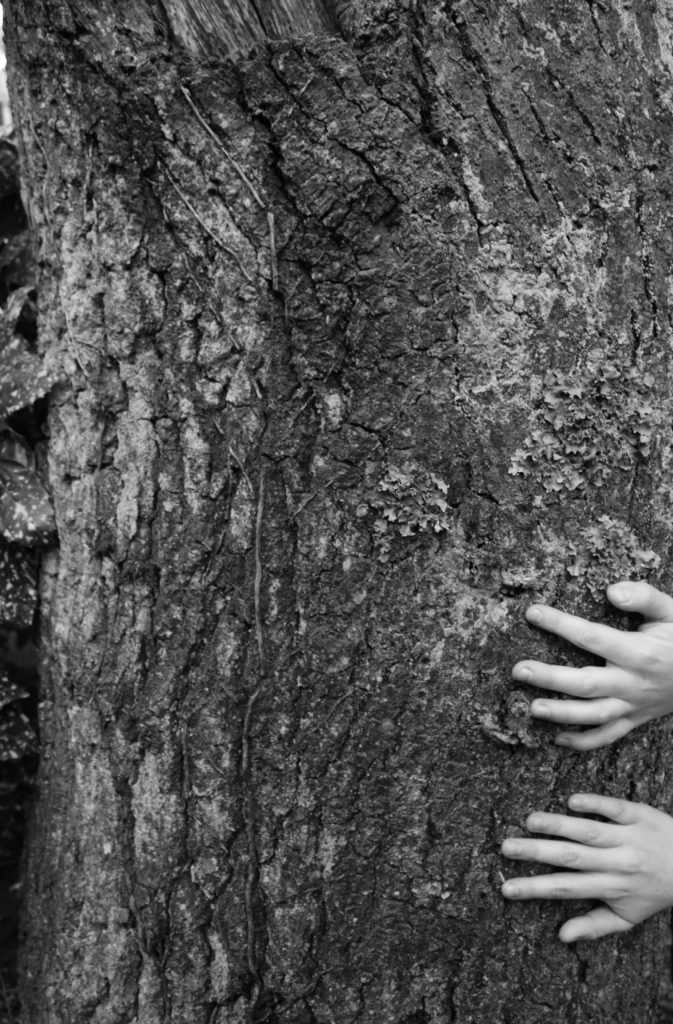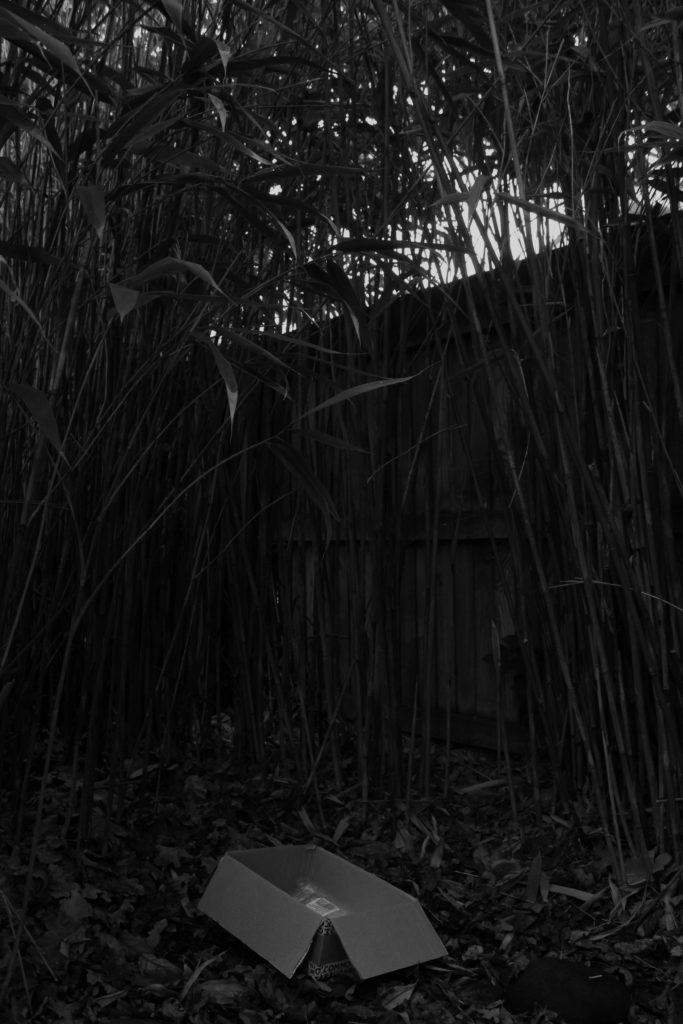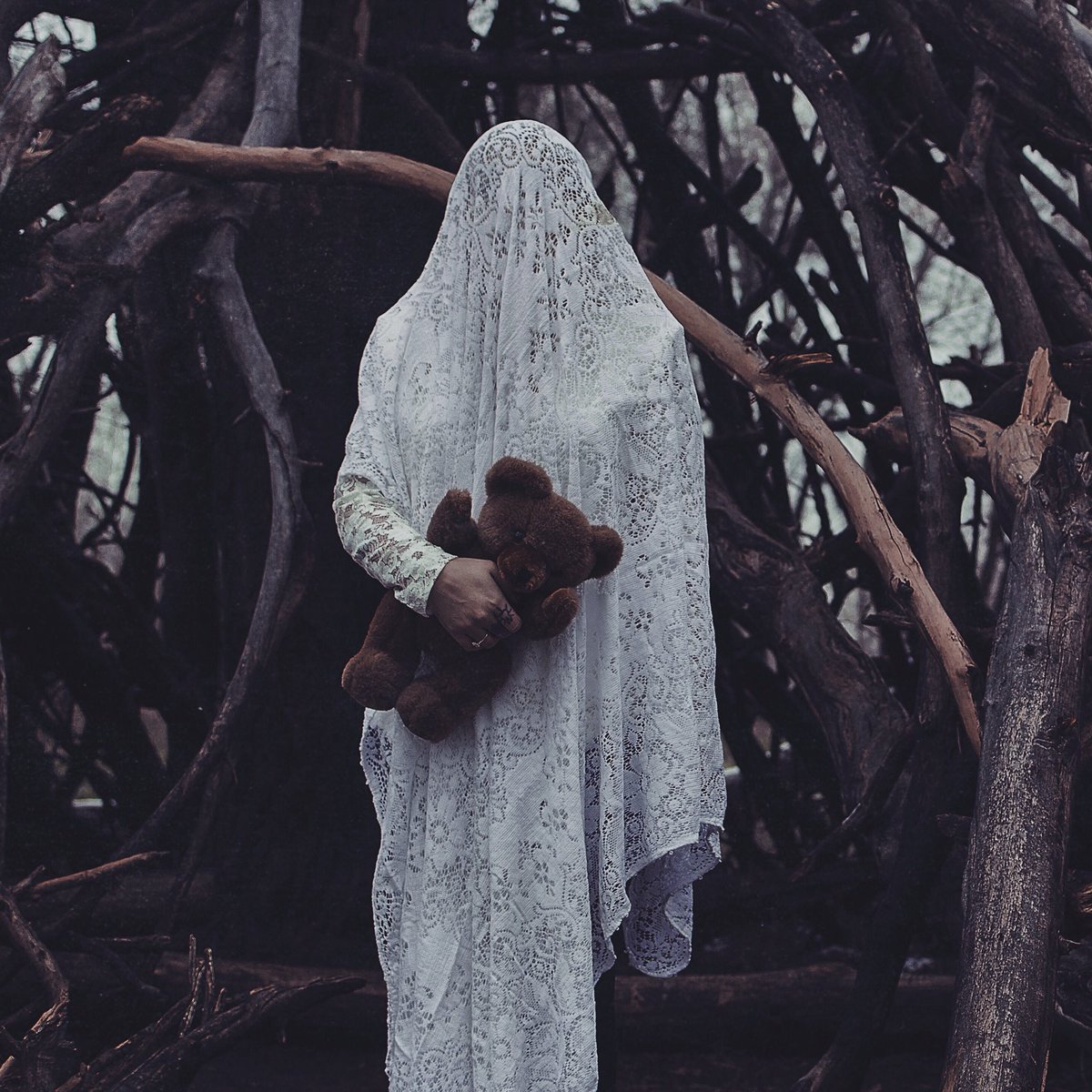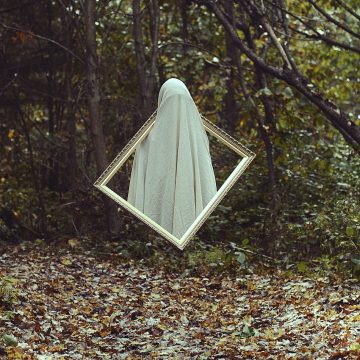The aim of this exhibition was to offer a platform for workers to express their perspectives on agricultural labour in Jersey. It is also a way of showing the undocumented lives of the workers rather than the marketing representation. The project was conducted via a collaboration between migrant workers, the artist Alicja Rogalska and The Morning Boat. I really liked this exhibition because it wasn’t just one medium it used videography, imagery and typography to send out an important and personal message. The workers may not be highly qualified or a university graduate but they are grounded. Many people in Jersey who are unemployed won’t take these jobs because they think they are above it, they leave agricultural workers with no choice but to hire people from abroad. A big problem is that people say immigrants are taking their jobs but in reality they are filling jobs that people are too stubborn and lazy to take.
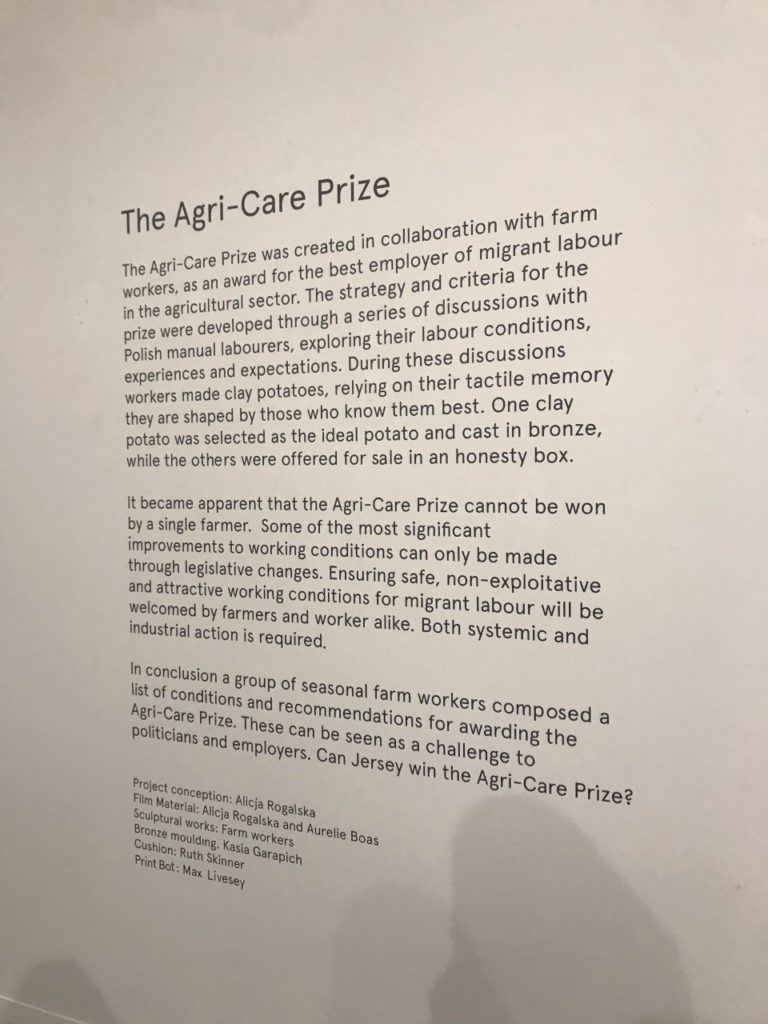
The agri-care prize was displayed in a box as the ‘bronze potato’ which is awarded for the best employer of migrant labour in the agricultural sector. The award is also a way of giving the workers a voice in their industry because they are essential the backbone and without them Jersey’s agricultural sector would be failing. It is important that the workers have a say in their living conditions and terms of the contracts because Jersey politicians and employers need to treat foreign workers as they would local workers, just because they can’t speak English doesn’t mean they are any less human.

The pictures featured in the exhibition were all taken by workers on their phones. Images were of the fields, their accommodation, themselves etc. The phones they used weren’t anything near an iPhone 11, this emphasizes the minimalist life they live in Jersey when working here. The photos were displayed in black frames with a thick white border and the pictures themselves were relatively small and they were symmetrically placed in two rows.
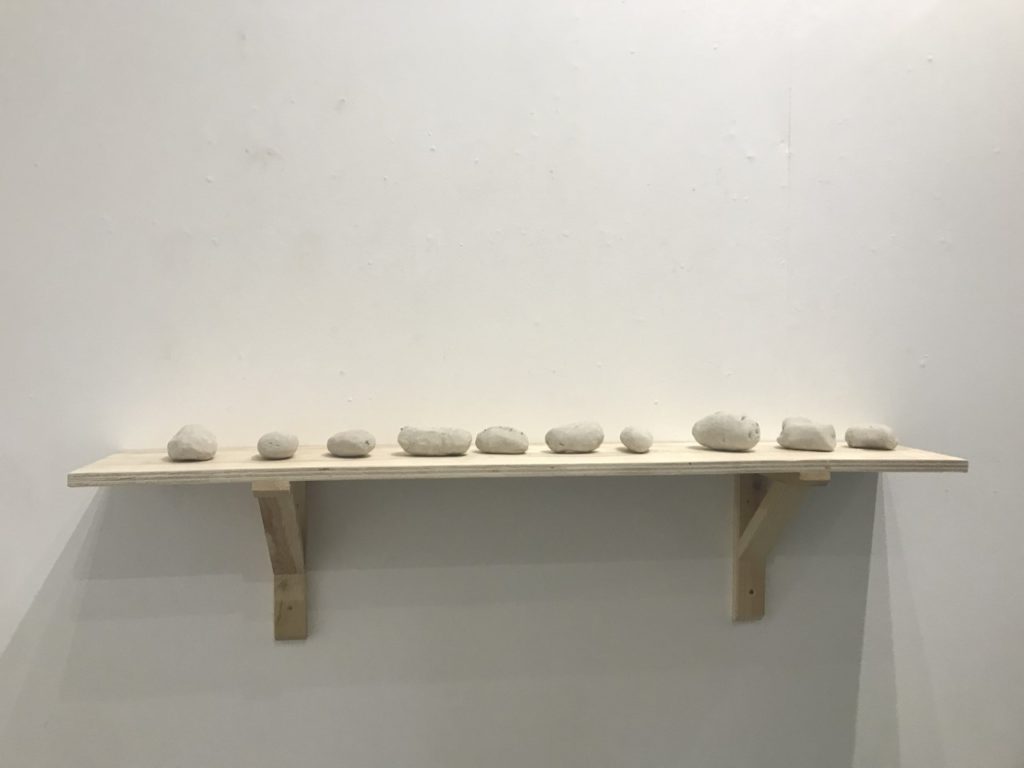
There was a video which featured the workers sculpting potatoes, the top 10 were displayed as part of the exhibition. The purpose was to create the most life like looking potato and who better to do that then the people who spend their livelihood picking them. The sculpting provided time for conversation between The Morning Boat and the labour workers through the translation of Alicja Rogalska, as the project was about giving a voice to the workers.


